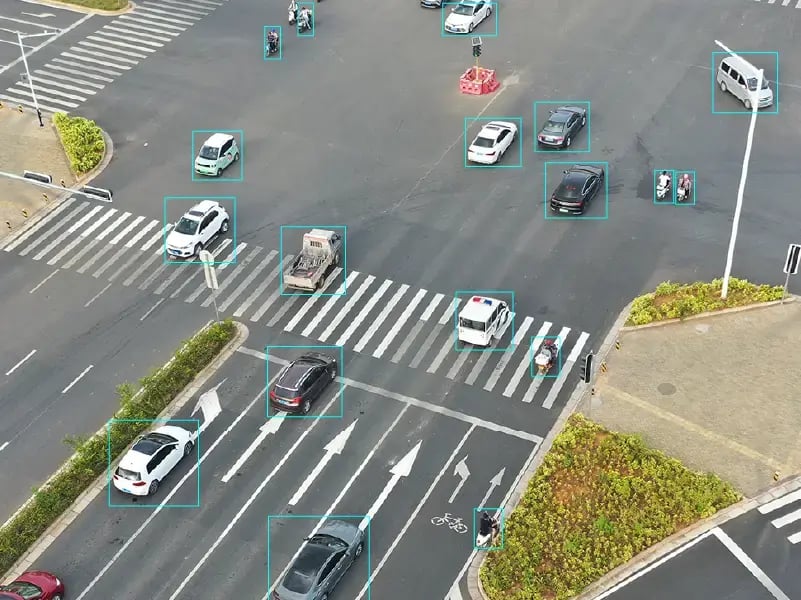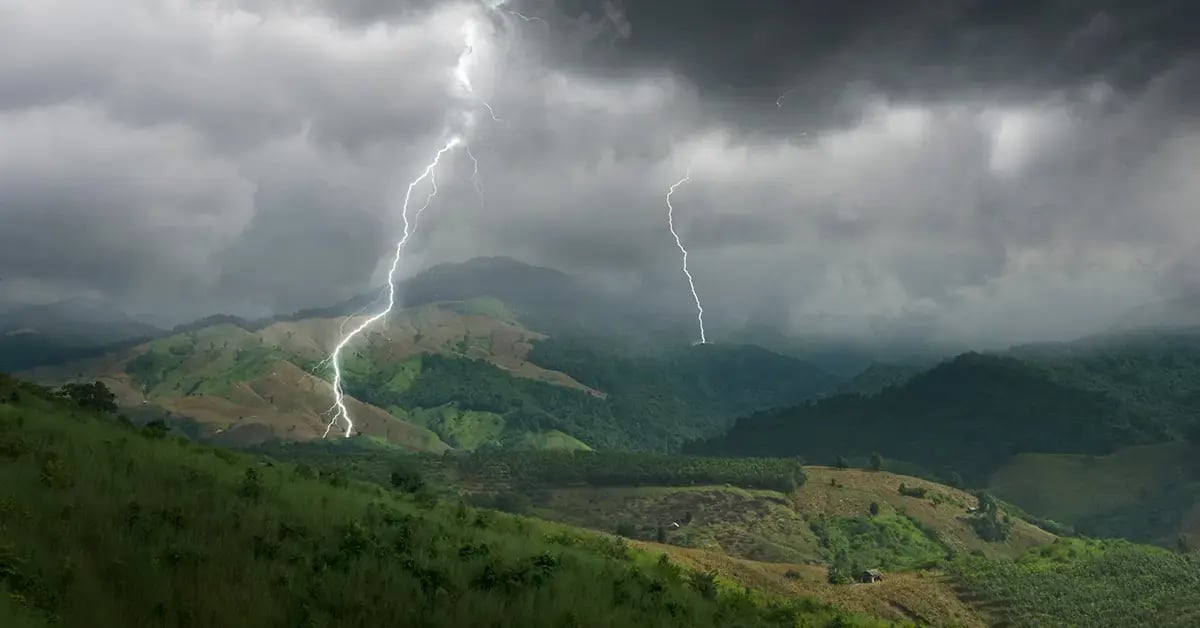Summary
A top Fortune 500 logistics company partnered with Striveworks to revolutionize its aircraft inspections—a traditionally labor-intensive and time-consuming process. By co-developing an object detection model with Striveworks, the company demonstrated how computer vision can reduce inspection time and improve defect detection accuracy, paving the way for more efficient and safer operations.
Faster Data Processing
More Defects Detected
Faster Data Annotation
General Visual Inspection Causes Costly Delays for Aircraft Owners
To ensure the safety and function of aircraft, the Federal Aviation Administration requires owners to inspect their fleet for non-compliant damage—a traditionally manual process that takes approximately four hours of mechanics’ attention per airplane. This general visual inspection becomes especially burdensome following catastrophic weather events, when all aircraft in the affected area must be inspected, resulting in significant delays and revenue loss while creating hazardous conditions for employees.
Innovating Object Detection to Successfully Identify Aircraft Defects
One major Fortune 500 logistics company looked to improve its inspection process by incorporating object detection—a machine learning technique that locates specific objects of interest in an image—to identify dents on its aircraft. The company worked with Striveworks to build a model for detecting these dents from drone video footage of the aircraft’s exterior.
Working together with customer experts, Striveworks developed an object detection model that the inspection team could deploy to accelerate and improve the quality of its inspections. The collaboration involved several phases:
Data Collection
The company provided a set of 4K drone video for training data. Striveworks split this video into 512x512 pixel chips for faster loading and more manageable labeling—automatically tracking the position of these chips to ensure accurate reassembly post-annotation.
Imagery Annotation
Subject matter experts at the company annotated the training data, manually identifying dents visible in the training footage. AI-supported detections from Striveworks accelerated this annotation process 40X—delivering a robust training dataset in a fraction of the time required for unassisted labeling.
Model Training
Striveworks trained lightweight convolutional neural networks (MobileNetV3) on the customer’s proprietary imagery to create an ensemble of models for detecting dents. The ensemble leveraged majority vote to generate robust bounding boxes optimized for recall.
50% Faster Data Processing, 27% More Defects Detected
The Striveworks-powered model was able to process 49 times more data than inspectors could handle through general visual inspection while reducing data processing time by 50%. The model was also able to detect 27% more defects on the source video than inspectors could identify alone. Altogether, the collaboration and AI-powered workflow paved the way for substantially higher efficacy, safety, and cost savings for the company.
Object detection is a technique in machine learning that identifies and locates objects within an image. For this task, a machine learning model processes an image, drawing bounding boxes around objects that the model has been trained to detect (such as cars, people, or dents in aircraft).
Object detection differs from image classification, which determines what objects are present in an image without specifying their location. It also differs from image segmentation, which labels every pixel in an image to create an outline of target objects. Identifying the presence and position of objects is invaluable for a range of applications, such as medical diagnostics, security, and defect detection.

Ensembling is a method of aggregating the outputs from multiple machine learning models to improve the final results.
For this project, several different models using the MobileNetV3 architecture ingested the same imagery and made predictions about whether objects were or were not dents. The ensemble then used majority vote to determine whether or not to identify an object as a dent (i.e., if more models identified an object as a dent, it was considered true, and vice versa).
Related Resources

Predicting Lightning-Induced Wildfires Through Data Fusion
AI-powered data fusion delivers just-in-time analysis to firefighters.


